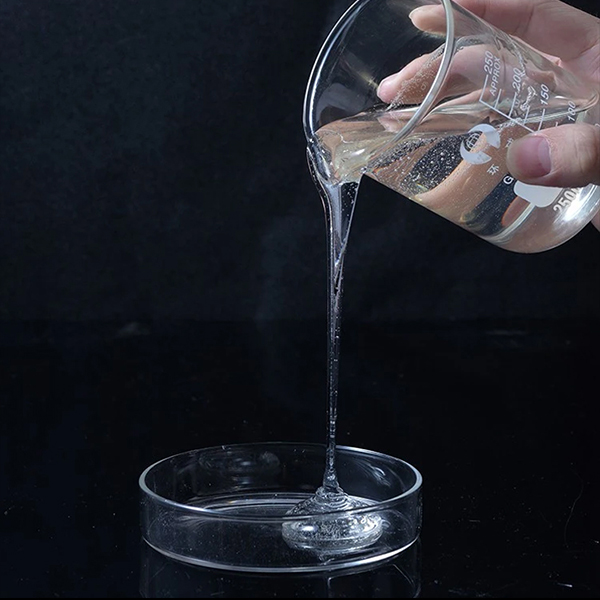Understanding HPMC in Building Coating Adhesives
Hydroxypropyl Methylcellulose (HPMC) is a versatile cellulose ether used extensively in the construction industry, particularly in building coating adhesives. Its unique properties make it an essential ingredient in achieving high-performance formulations in various applications.
What is HPMC?
HPMC is a water-soluble polymer derived from natural cellulose, which has been modified to enhance its chemical and physical properties. This white, odorless powder is non-toxic and biodegradable, making it an environmentally friendly option for many construction applications. The modification process imparts various functionalities, including water retention, adhesion, and film-forming capabilities, making it ideal for use in building coatings and adhesives.
Properties of HPMC
One of the key attributes of HPMC is its excellent water-retention capacity. This property is crucial in construction materials because it allows for adequate hydration of cement or gypsum within the adhesive. By retaining moisture, HPMC helps ensure that the binding agents achieve maximum strength during the curing process, resulting in durable and long-lasting adhesives.
Another important characteristic of HPMC is its viscosity-modifying ability. The inclusion of HPMC in building coating formulations helps to adjust the rheological properties, allowing for easier application and improved workability. This is particularly beneficial when applying coatings in vertical applications, as it minimizes sagging and dripping, ensuring a smooth finish.
Furthermore, HPMC enhances the adhesion properties of the coatings. It forms a strong bond between substrates, which is vital for the longevity and durability of coated surfaces. The exceptional adhesion and flexibility of HPMC-based adhesives help prevent cracking, peeling, or delaminating, which are common issues in construction materials.
building coating adhesive hpmc

Applications in Building Coatings
HPMC is commonly used in a variety of building coating applications, including tile adhesives, plaster, and joint compounds. In tile adhesives, the water retention property of HPMC allows for better bonding between tiles and the substrate, reducing the risks of tile slippage and improving the overall lifespan of the installation.
In plaster applications, HPMC aids in the workability and spreadability of the material. It allows for smoother application and helps achieve a consistent finish. Additionally, when used in joint compounds, HPMC contributes to enhanced adhesion and reduced shrinkage, providing a sturdy finish that is less prone to cracking over time.
Environmental Considerations
As the construction industry increasingly focuses on sustainability, the use of HPMC aligns with eco-friendly practices. Being derived from cellulose, HPMC is naturally biodegradable, and its application in construction contributes to lower environmental impact compared to synthetic alternatives. Moreover, HPMC can often enhance the thermal performance of buildings, contributing to energy efficiency.
Conclusion
In summary, Hydroxypropyl Methylcellulose (HPMC) plays a critical role in the formulation of building coating adhesives. Its exceptional properties, including water retention, adjustable viscosity, and strong adhesion, make it an indispensable ingredient in the construction industry. With the growing focus on sustainable building practices, the demand for HPMC is likely to continue, as it provides an effective solution for high-performance applications. For contractors and builders seeking reliable and durable construction materials, HPMC-based coatings offer the perfect blend of performance and environmental responsibility.
-
Rdp Powder: Key Considerations for Wholesalers in the Building Materials IndustryNewsJul.08,2025
-
Key Considerations for Wholesalers: Navigating the World of Hpmc - Based ProductsNewsJul.08,2025
-
Hpmc Detergent: Key Considerations for WholesalersNewsJul.08,2025
-
Key Considerations for Wholesalers: China Hpmc For Tile Adhesive, Coating Additives, Concrete Additives, and MoreNewsJul.08,2025
-
Crucial Considerations for Wholesalers: Navigating the World of Construction MaterialsNewsJul.08,2025
-
Key Considerations for Wholesalers Sourcing Additive For Cement, Additive For Concrete, Additive For Putty from Additive Manufacturer Shijiazhuang Gaocheng District Yongfeng Cellulose Co., Ltd.NewsJul.08,2025




